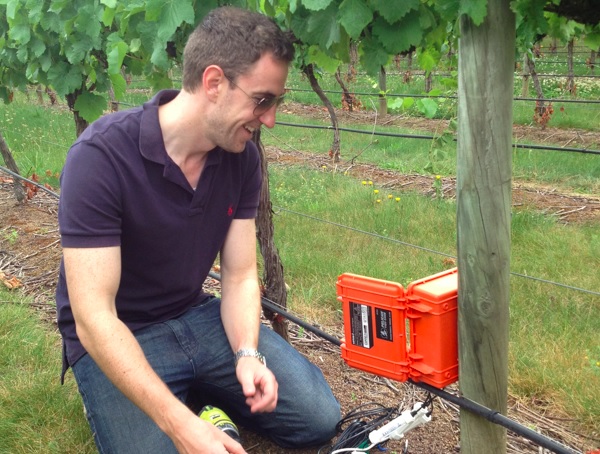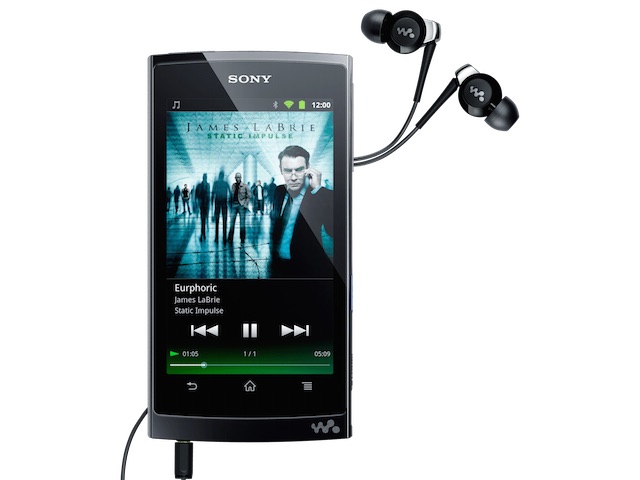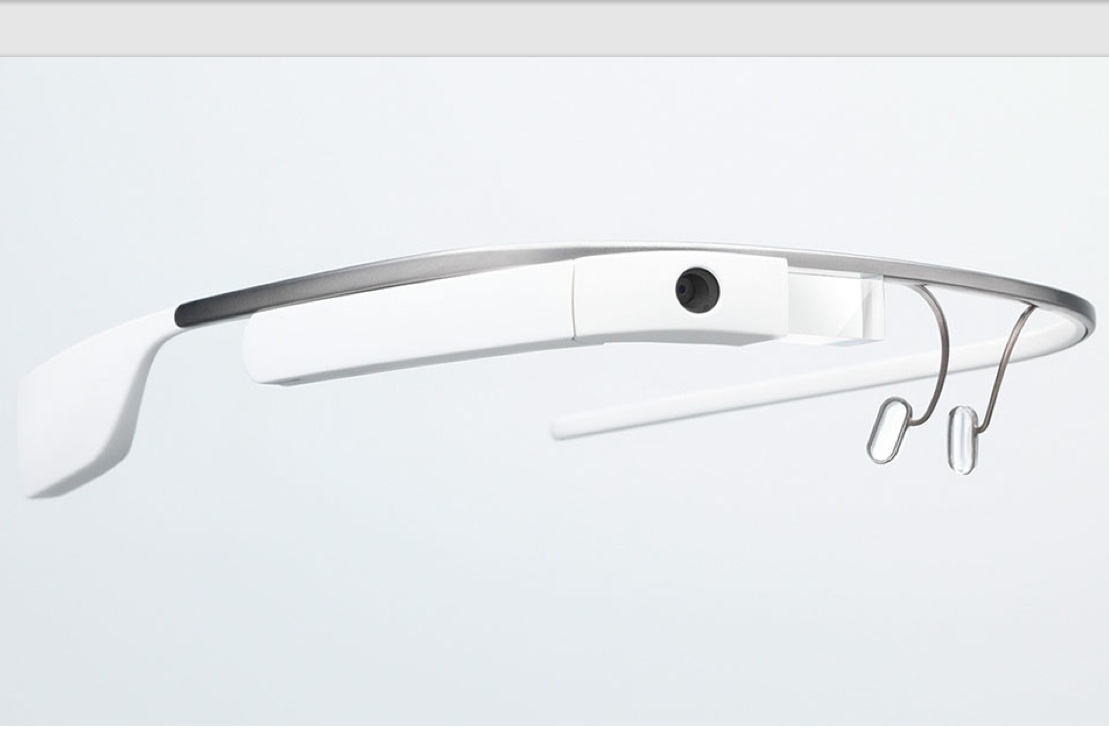At 2.03 in the morning of July 11, 2012, a Norfolk Southern Railway Company freight train derailed just inside the city limits of Columbus, Ohio.
The resulting crash and fire caused over a hundred people to be evacuated, resulted in over a million dollars in damages and created massive disruption throughout the US rail network.
Could accidents like this be avoided by the Internet of Things? Sham Chotai, the Chief Technical Officer of GE Software, believes applying sensor technology to locomotives can detect conditions like defective rails and save US railway operators around a billion dollars a year in costs.
“We decided to put the technology directly on the locomotive,” says Chotai in describing the problem facing railroad operators in scheduling track inspections. “We found we were mapping the entire railway network, and we were mapping anything that touched the track such as insulated joins and wayside equipment.”
This improvement in reliability and its benefits to business is something flagged by then Salesforce Vice President Peter Coffee in an interview with Decoding the New Economy in 2013.
“You can proactively reach out to a customer and say ‘you probably haven’t noticed anything but we’d like to come around and do a little calibration on your device any time in the next three days at your convenience.’”
“That’s not service, that’s customer care. That’s positive brand equity creation,” Coffee says.
Reducing defects isn’t just good for brands, it also promises to save lives as Cisco illustrated at an Australian event focused on road safety.
Transport for New South Wales engineer John Wall explained how smarter car technologies, intelligent user interfaces and roadside communications all bring the potential of dramatically reducing, if not eliminating, the road toll.
Should it turn out the IoT can radically reduce defects and accidents it won’t be good news for all industries as John Rice, GE’s Global Head of Operations, pointed out last year in observing how intelligent machines will eliminate the break-fix model of business.
“We grew up in companies with a break fix mentality,” Rice says. “We sold you equipment and if it broke, you paid us more money to come and fix it.”
“Your dilemma was our profit opportunity,” Rice pointed out. Now, he says engineering industry shares risks with their customers and the break-fix business is no longer the profit centre it was.
A zero defect economy is good news for customers and people, but for suppliers and service industries based upon fixing problems it means a massive change to business.
Similar posts:




